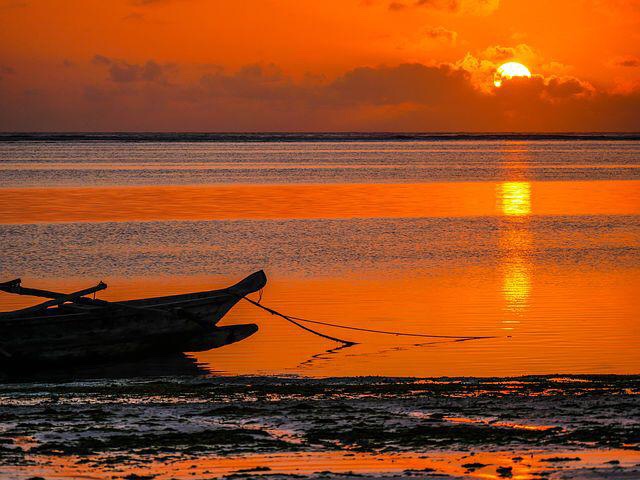
The Global Dumpsite: Our Coasts & The Youth
Earth’s body of saltwater that covers nearly three fourths of its surface and now turning to a waste dumpsite
Oceans are the largest carbon sink on the planet, meaning that they help absorb CO2 emissions from human activity like industrial production and store it safely deep within its ground. This comes at a great cost, as the chemical interaction with CO2 and its absorption produces acidification, damaging fragile ecosystems like coral reefs, which house and nurse about 25% of all known marine species.
In its latest report, the Intergovernmental Panel on Climate Change concludes that the ocean is now warmer, more acidic and less productive. Melting glaciers and ice sheets are causing sea levels to rise, and coastal extreme events are becoming more severe.
In addition, an estimated 8 million tonnes of plastic waste and 1.5 million tonnes of microplastics enter the oceans every year. This threatens marine ecosystems and the communities relying on the seas for their livelihoods. Much of the plastic in the oceans comes from waste discharged on land or into rivers by the 2 billion people living without access to waste collection services. Fast population growth and rapid urbanization in many cities around the world, particularly in coastal areas largely contribute to the challenge.
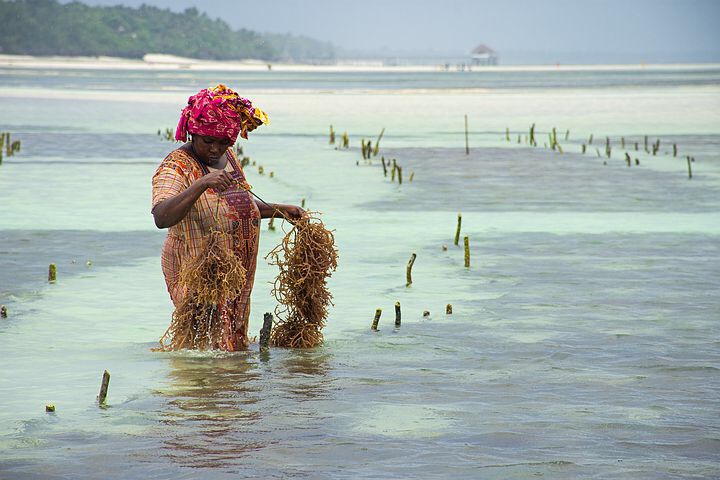
Ocean sustainability
Ocean sustainability embodies the approach required to manage our oceans and the services they provide I.e. fishing, artisanal produce and aquaculture.
Keeping the oceans clean and healthy is crucial for sustainable development and reducing poverty. This is reflected in the Sustainable Development Goals (SDG 14: Life Below Water) of the United Nations’ Agenda 2030.
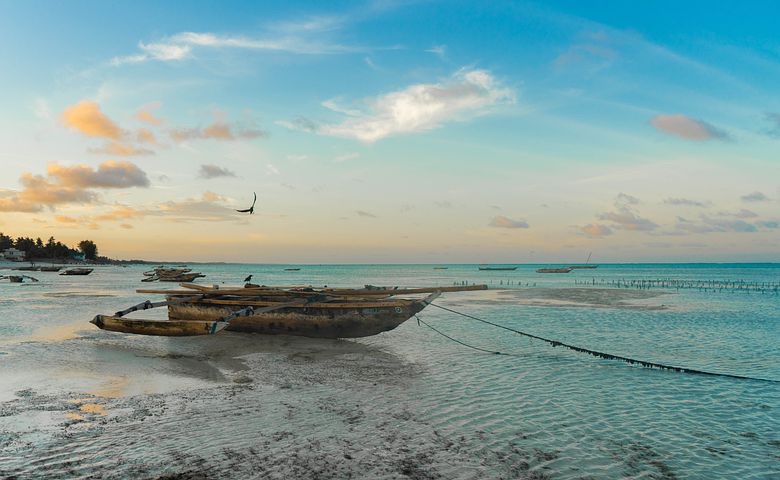
In Tanzania, the government has established standards to manage the coastal resources and environmental quality through keeping and maintain these resources under the following regulations (to mention but a few):
National Fisheries Sector Policy and Strategy Statement (1997)
National Integrated Coastal Environment Management Strategy (2000)
The Environmental Management Act, Cap 191 (EMA), 2004
The Merchant Shipping Act No.21 of 2003
The Territorial Sea and Exclusive Economic Zone Act, 1989
The Deep-Sea Fishing Authority Act, 1998, and Regulations 2009
The Fisheries Act No 22 of 2003
National Biodiversity Strategy and Action Plan (NBSAP) 2015-2020
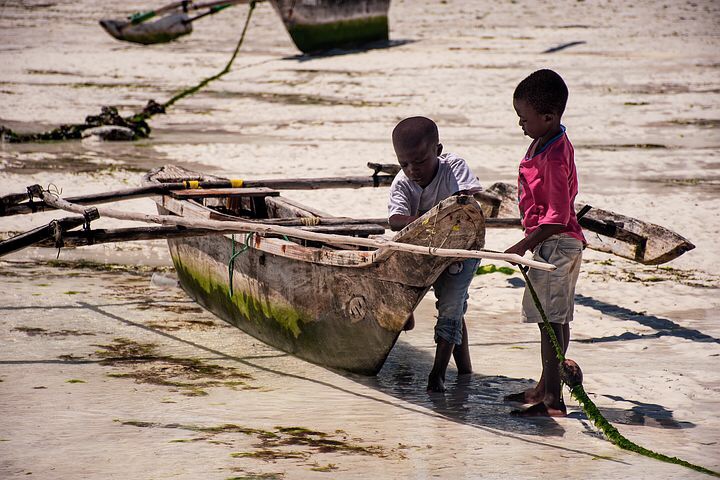
‘Healthy oceans and seas are essential to our existence’ – Goal 14
Challenges in Tanzania
In Tanzania, the Indian Ocean and marine life face challenges in maintenance and regulation. The importance of oceans for sustainable development is wide and covers a multitude of areas including livelihoods, trade, biodiversity, tourism etc, therefore it is paramount for us as coastal communities to safeguard and manage water resources well.
In order for oceans and marine resources to successfully contribute to human well-being, ecosystem integrity, properly functioning is essential. Marine resources are increasingly threatened, degraded or destroyed by human activities, reducing their ability to provide crucial ecosystem services. Important classes of threats are, among others, climate change, marine pollution and unsustainable extraction of marine resources.
Pollution
In large amounts, agricultural and industrial waste, chemicals, oil spills, and plastic litter have been dumped into the Indian ocean and sadly, all these substances are sourced from human activities. Pollution annihilates marine life, biological process and therefore renders failure to the capacity of the ocean to serve communities.
Nevertheless, let us not leave out the destructive impacts of climate change on the ocean. Particularly in Tanzania, marine wildlife habitats providing reefs are declining due to climate change and on projections of future shocks occurring, these significant ocean vegetation leave our coastal communities vulnerable because they bear an important role of acting as frontline defenses against natural disasters.
The rise of ocean water temperature that is a consequence of global warming is a major threat to the fisheries sector which in turn affects local livelihoods and in the long run Tanzania’s economy.
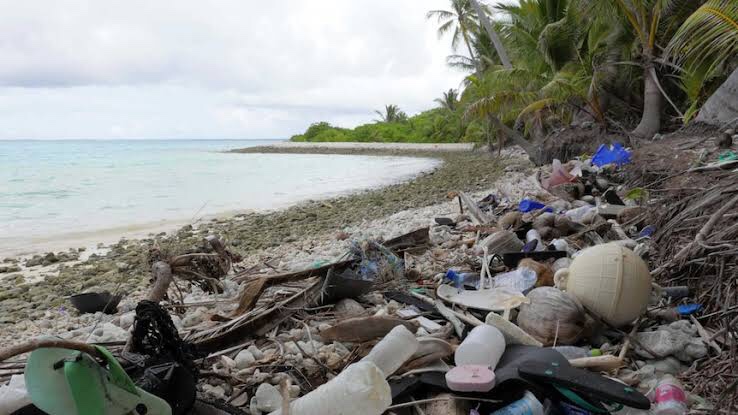
Information Gap
Addressing the information gap regarding successful and safe use of the ocean and its resources in the marine and coastal environment is still a major challenge for coastal communities in Tanzania. Most people do not understand well the simple dynamics to consider when interacting with the ocean and even further, they do not understand the implications signified by every aspect of the decisions they make in those interactions. Awareness is the starting point of solving the challenges in ocean sustainability in Tanzania. This carries the potential to contribute to successfully achieving goals in conservation and sustainable resource management around the coast and in islands.
African coastal nations are beginning to challenge the pessimistic narrative around the management of their ocean riches by adopting more holistic approaches. For example, the Africa Blue Economy Strategy sets an agenda for sustainable development over the next decades, including in the areas of fisheries, transport, energy, sustainability, and governance. According to OECD projections, by 2030, the “blue economy” (defined as all economic sectors that have a direct or indirect link to the oceans, such as marine energy, coastal tourism and marine biotechnology) could outperform the growth of the global economy as a whole, both in terms of value added and employment.
Thus, the ideology is now slowly beginning to penetrate in communities, a good example is the coastal aquaculture project run by The Embassy of Ireland under Irish Aid for local communities in Tanga, Pemba and Unguja.
Regulation and management
Achieving headline global sustainability objectives such as ocean sustainability will depend on the implementation of tangible actions to ensure more inclusive and equitable long-term marine resource management. Such actions and their motivations are usefully framed by the concept of environmental stewardship which describes the interplay between multiple actors, actions taken at different scales, and the overall capacity of the system to drive social-ecological outcomes.
Good governance, an enabling environment, sustainable land- and marine- based human activities, and adequate measures will be required to reduce the negative anthropogenic impacts on the marine environment, the good policies to be obtained if sustainable resource wise will then lead to sustainable changes in production and consumption patterns, improved management and control of human activities. Projects and measures should ideally be designed and implemented in an integrated, cross-sectoral and cross-scale manner, in line with the ecosystem approach and involving all stakeholders, not just the government.
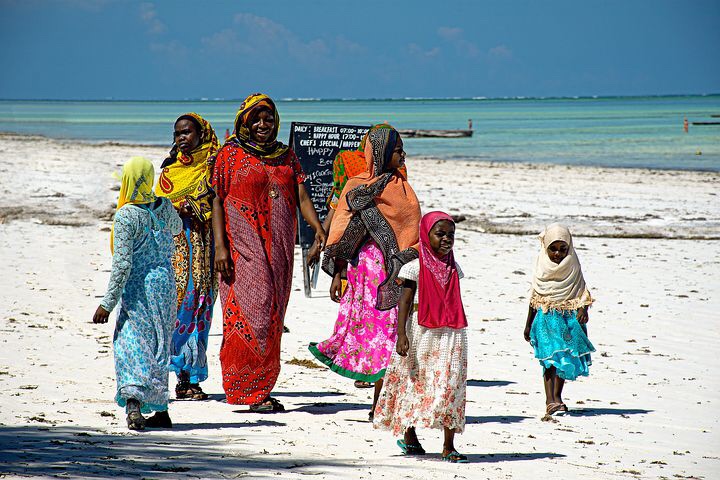
Youth Opportunities
Co-creating nature-based solutions – Scouting for ideas and integrating skills among groups/sectors/individuals can create long-term business and social opportunities geared to conserving and restoring natural ecosystems. This includes banking on innovation and creativity to create projects that are solutions to the above challenges. For the young people, there are untapped opportunities in areas around preservation of coastal habitats, sustainable fisheries and aquaculture, carbon-aware tourism and ocean-based technology and infrastructure.
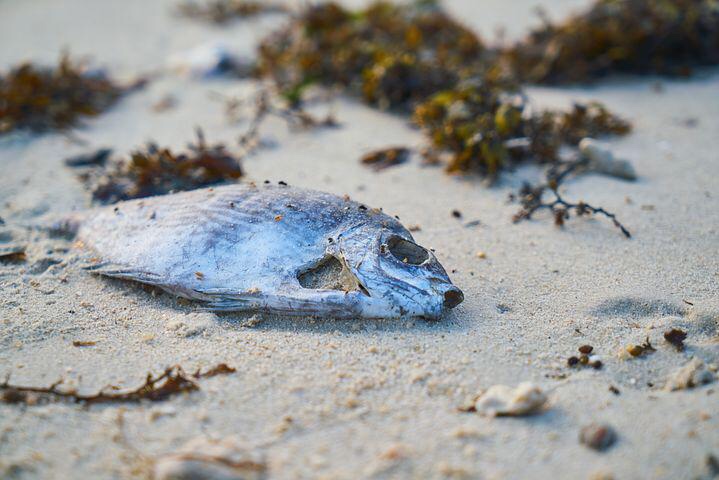
Research and learning
As young people, we can leverage on research and learning practice to assess and share information around marine life in relation to anthropological effects of man. More young people in academia should take interest in exploring solutions around ocean sustainable and viable practical models that can result in sustainable resource management, environmental conservation, or delivery of sustainable services regarding blue economical activities.
Spark the Conversation
Policy and practice review, online discussions and Green events like beach clean ups can be a good starting point for the youth to bring this matter to public spaces. Especially in Dar es salaam, we have a rise in ocean conservation awareness and an increasing spirit of volunteering in beach clean ups, youth discussions etc. It’s a call to action for young people out there to take action and preserve our oceans. If you do not know where to start, Join No Taka by emailing us via the contact page with your query. No Taka organizes beach clean ups, discussions, Documentary exhibitions etc for youth to learn and engage in keeping our oceans clean, safe and profitable for our people.
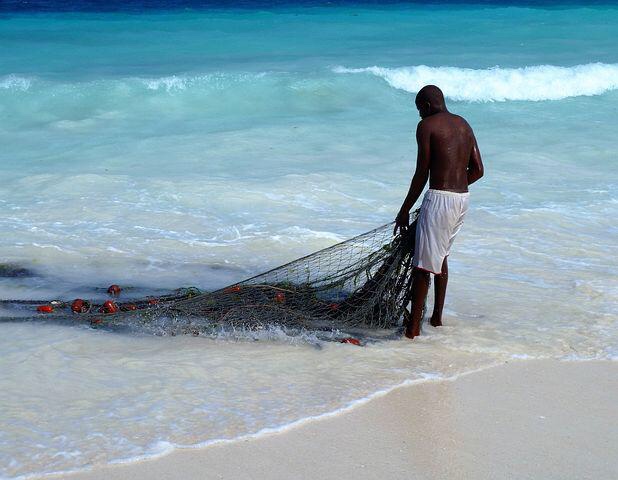
Oceans & Seas over 70 percent of our planet and we rely on them for food, energy and water – Goal 14